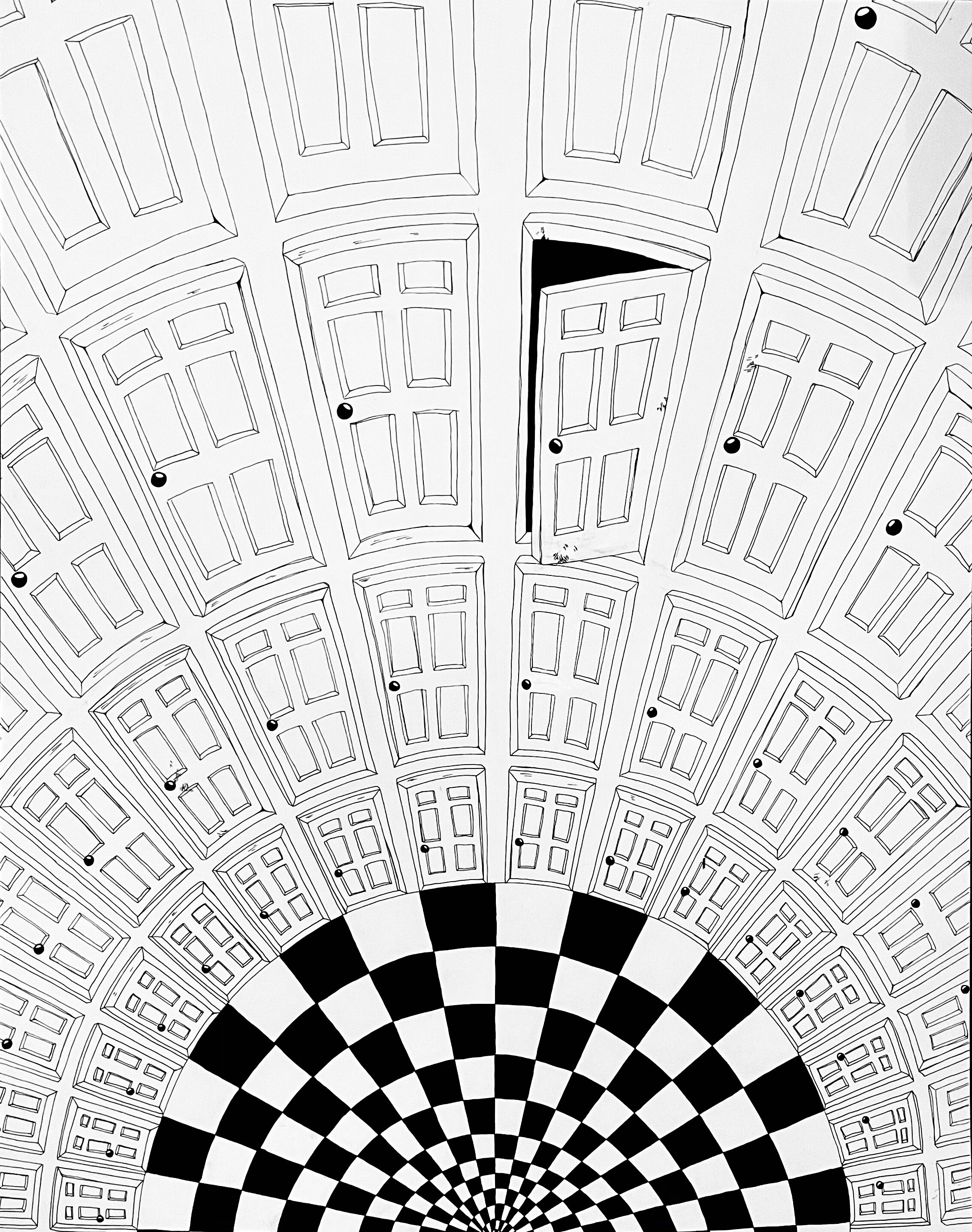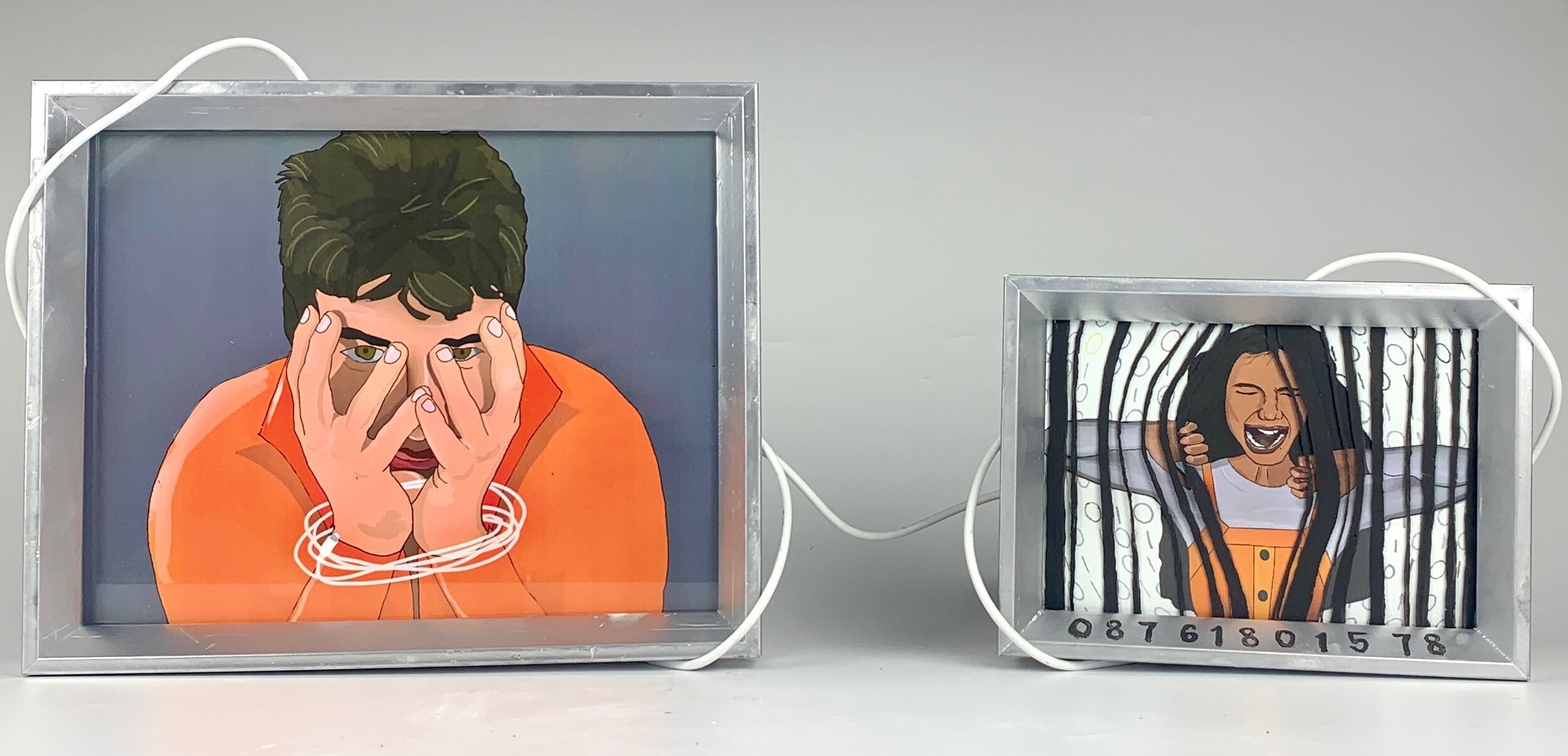Intensive Art: Student Show
Work by Claire Harkins, Teresa Jiang, Isa Rosario-Blake, Zoë Scully,
Emma Sock, Andrew Wang, Holly Wei, Katie Xu
Intensive art is the capstone course in the art department’s curriculum. While it continues the technical and observational skills of other art courses, the intensive art class also works to develop the conceptual focus of each student’s body of work. The first semester is comprised of three guided exercises, where students were to work through their own theme as they fulfilled the requirements for a specific prompt. For the first three projects, students were honing their theme in order to develop their own concepts so they could create 2-3 self-guided projects in the second semester.
There are eight students in the class, and their work ranges from sculptural projects to digital art to short films to 2D pieces. All students experimented with different mediums and pushed their artistic boundaries to strengthen their concept and engage with contemporary art. Our class began with all students online and slowly transitioned into hybrid, then fully in-person school, and some of the pieces reflect the physical limitations and thematic issues of the Covid-19 pandemic. Each student has included their personal artist’s statement alongside their work, and we encourage each visitor to read it in order to better understand each student’s theme for this academic year.
Intensive Art: Works in a Series Description
This assignment, inspired by Jennifer Bartlett’s In the Garden series (#40 of which hangs across from the in-person Bonsack Gallery), was the first prompt of the semester. Students were required to produce several observational artworks that experimented with different material, style, or mark-making. They were not intended to all be finished pieces, but they were to focus on pushing each artist’s style and medium.
The objective was to create a cohesive, coherent, related body of work around the same idea, theme, philosophy, concept, topic or subject matter.
The process was not about repetition, but rather about being able to explore, investigate, examine or address particular ideas, themes, issues, compositions, concepts or topics in progressively deeper and more meaningful ways, and from a greater variety of perspectives than is possible by making just one or two.


































